Signs of an oil spill
 February 14, 2017
February 14, 2017

The Hantu Blog focuses its efforts in Singapore’s southern islands, but our living shores extend far beyond that. I decided to join Ria Tan at Changi Creek in Singapore’s northeast, for a look at the impact of a 300-tonne oil spill that occurred in the East Johor Strait last month. Signs of the oil spill were not obvious to me, but once Ria pointed them out and shared how to recognise indicators of an environmental impact, I began to see the signs everywhere.
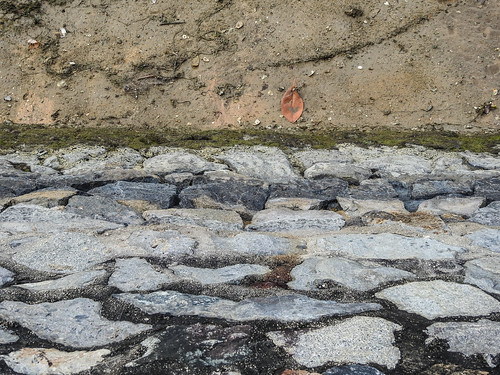
Looking down from the Changi Creek boardwalk, this dark line on the rocks appears like a zone of lichen or algae, but the stark and delineated line is a mark left behind by oil from the spill.
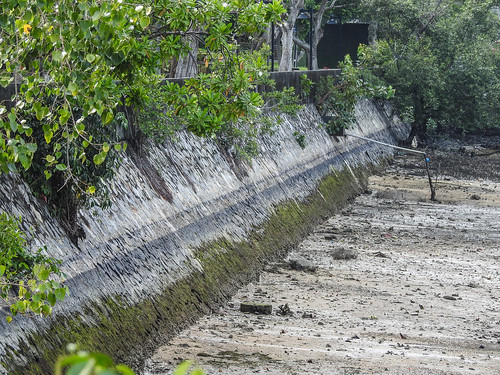
It is much more obvious when you look along the length of the sea wall.
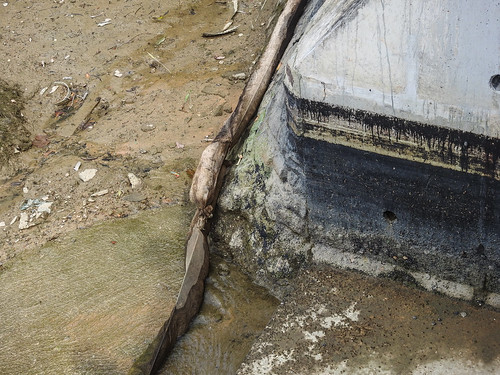
The viscosity of the Marine Fuel Oil (MFO) is evident from the stains left on this wall of a drain that leads into the creek. An oil-soaked floating oil boom lies at the bottom of the creek. Booms are deployed after an oil spill to reduce the spread of the oil by temporarily containing the oil and to aid the collection of the oil with vacuums or skimmers. There are many types of booms for various water conditions and oil spills. I’m not sure how effective this one was for the job.
We also encountered a lonesome otter swimming in the creek. It was quite happy to swim slowly and quietly in the turbid waters. Popping its head up once in awhile for a bit of a look around. Nick said he saw more otters when he walked along the same path later.
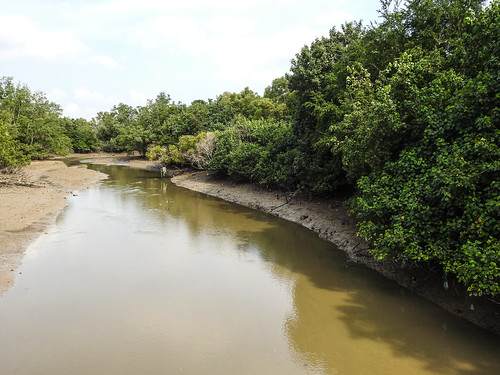
Gorgeous mangroves further up the creek! What a treasure!

Lots of shellfish in the creek. I wonder what the impact of the oil spill might have on these shellfish reefs, and the animals that feed and hide in his habitat.
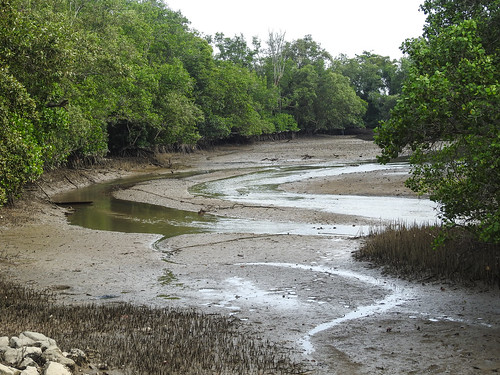
When was the last time you saw a naturally meandering stream in Singapore? I wonder what this mangrove looked like before Telok Pakau Road and Nicoll Drive were built all around it.
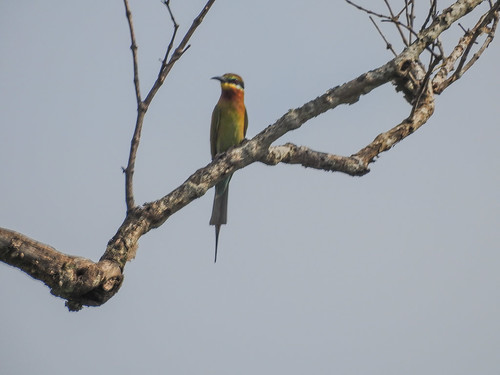
I bet it was bursting with life! During our very quick walk today we saw Blue-tailed bee-eaters…
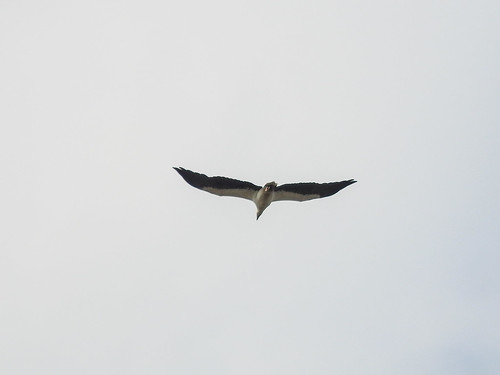
… White-bellied sea eagles, and we also saw a Banded woodpecker.
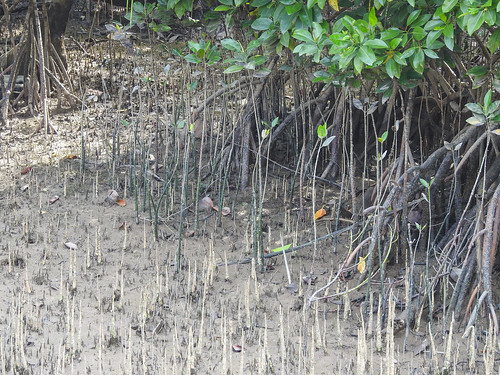
There was still a scent of fuel in the air as we walked down the mangroves. For the birds and other animals feeding on life from these shores, we can only hope that the impact on them isn’t long term.
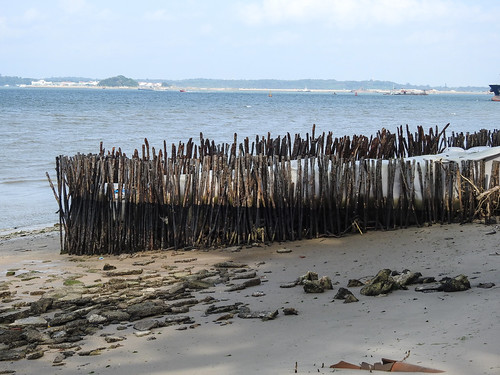
When we got onto Changi Beach Park, things got rather depressing. First there was this massive anti-erosion structure on the shore that was slicked with oil. Apart from being a severe eye sore, I imagine it could pose a danger to walkers or kids playing on the beach.
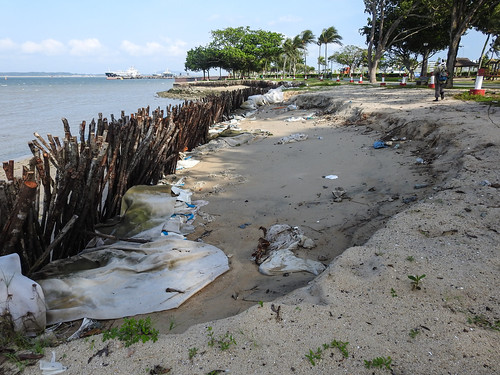
It doesn’t look like its doing a very effective job at preventing erosion. There was his gaping hole at the back of the structure that was trapping debris. It appears that the water, which has amazing erosion potential, has been getting past the poles and scouring the sand at the back of the structure. This does not look like a very safe beach.

Here’s what it looks like in the front. My understanding is that these poles have been here for at least six years. Some of the anti-erosion felt that was laid over the shore has degraded and is making its way out from behind the poles. The polypropylene sand bags that were placed behind the poles, seemingly with the intention of bracing the poles from the back and to dampen erosion effects, were also degraded and getting washed out from between the poles. Poles breaking apart and floating out to sea when the tide comes in also seems like yet another potential for danger. Not only does this entire structure not seem to be preventing much erosion, it does not appear to be very safe and now that it is degrading, it is littering our beach and waters.

The compromised structure is an eyesore, a safety hazard, and is trapping debris.
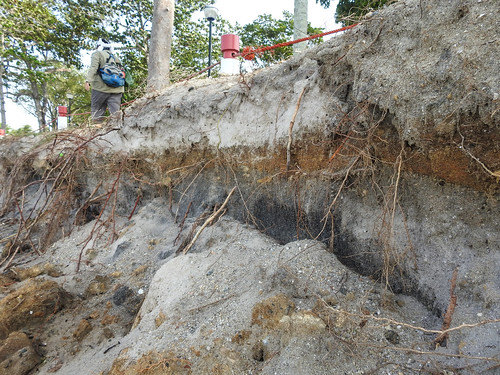
The extent of the erosion can be seen just to the side of the anti-erosion structure. You can spot the oil that has marked the wave cut notch.
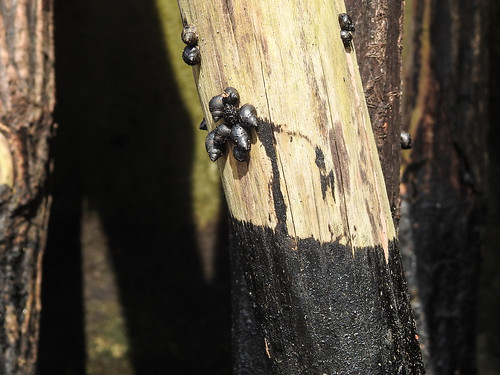
These snails do not have to worry about falling into a gaping hole while living on the beach, but they are exposed to nasty chemicals in the MFO that has coated their shells. Just after two hours of handling some of the rocks and animals that were coated with oil, my fingers began to itch. I wonder what effect it might be having on these creatures that have sensitive and permeable skin.
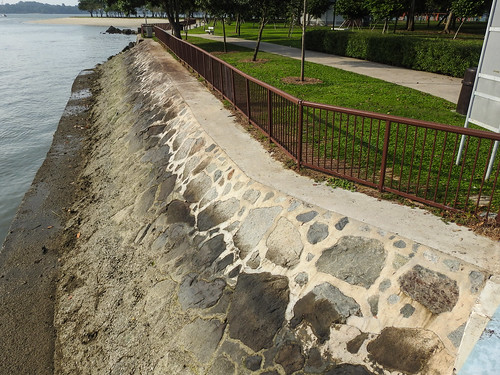
Making our round back to Changi Creek, Ria pointed out that some efforts have been made to remove the oil with a high pressure water jet.
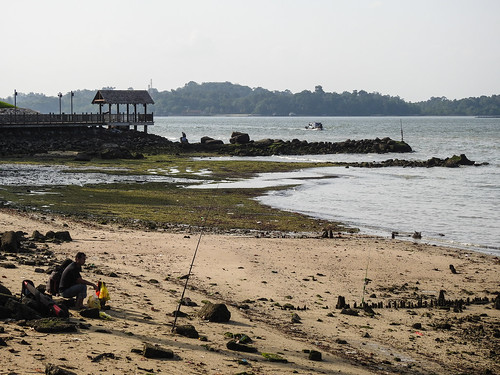
We wandered around to Changi Point. I was surprised to see some people fishing and sitting on the oil slicked rocks.
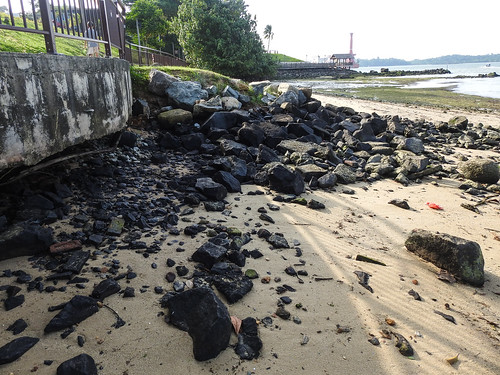
Oil slicked rocks at Changi Point.
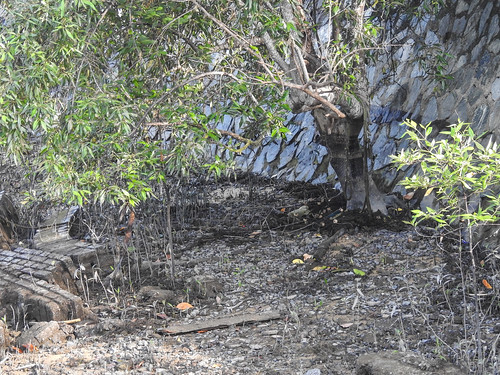
Oil slicked tree and sea wall.

Bleaching seagrass – an impact of the oil spill?
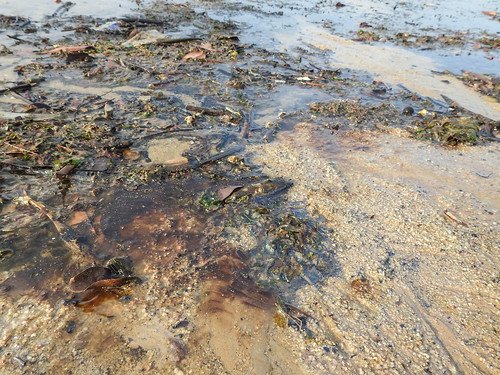
Puddles of oil slush about the shore.
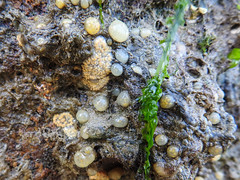
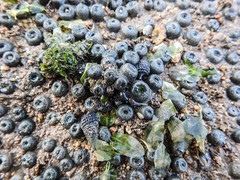
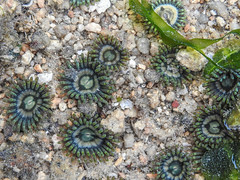
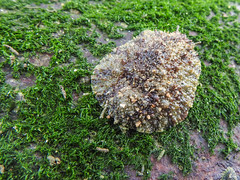
It may seem like a pile of rocks on the beach, but this shore is covered with life! Every rock surface is encrusted with marine life like ascidians, zoanthids, and sea slugs!
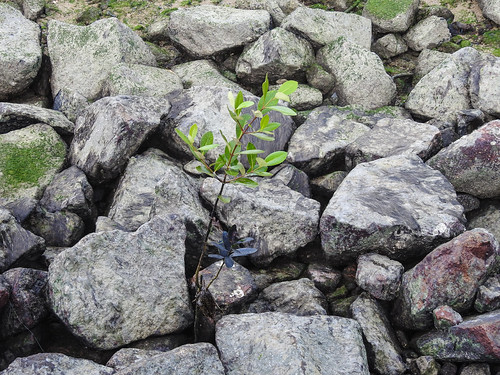
A young mangrove sapling has a rocky start to life…
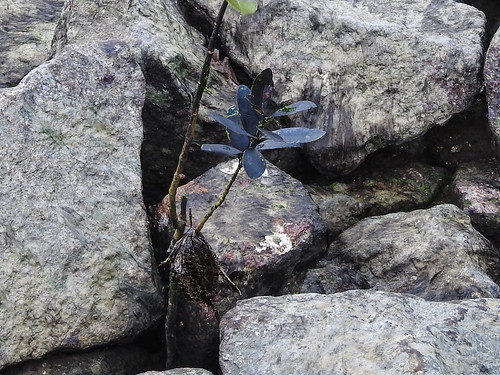
… its lower branch and leaves slicked with oil.
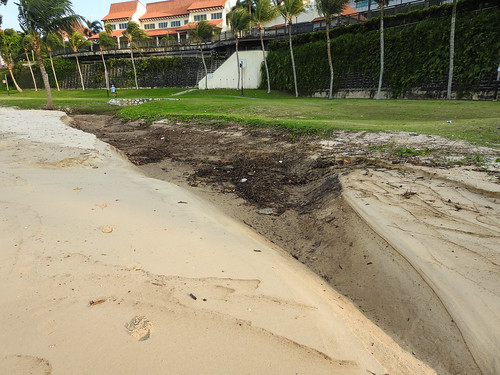
More heartbreak – erosion has cut out this mini lagoon at the back of the beach.

It appears that the little lagoon trapped the oil when the water receded with the tide, as you can see from the dark lines on the bank of the lagoon. It is also trapping debris.
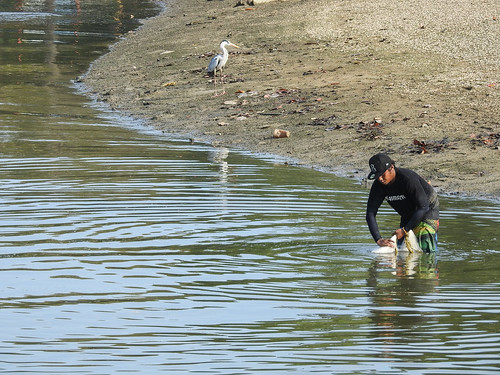
Back at Changi Creek, fisherman and Grey heron remain unfazed by the effects of the oil spill. While the fisherman has other options to get food, birds like this heron rely on clean and healthy shores to survive.
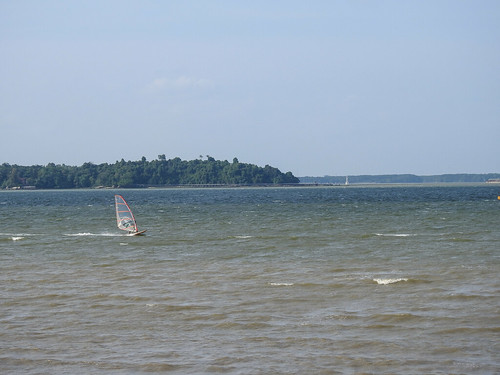
Our oceans are a great asset! For food, safety (protection from storms and floods) and recreation! When we build hardened structures that alter the natural process of coastal erosion we need to actively manage it in a wise way to maintain the benefits we desire. New knowledge is being gained every year by scientists and engineers and I hope that we can find a way to suitably and effective implement some of these strategies for safer and beautiful coasts for people. Big thanks to Ria Tan for sharing Changi Coast with me. Check out her blog for more from this walk! National Geographic Young Explorer, Rachel Quek, also documented the impact of the oil spill in this photoessay.
 Posted in
Posted in 



 content rss
content rss
COMMENTS